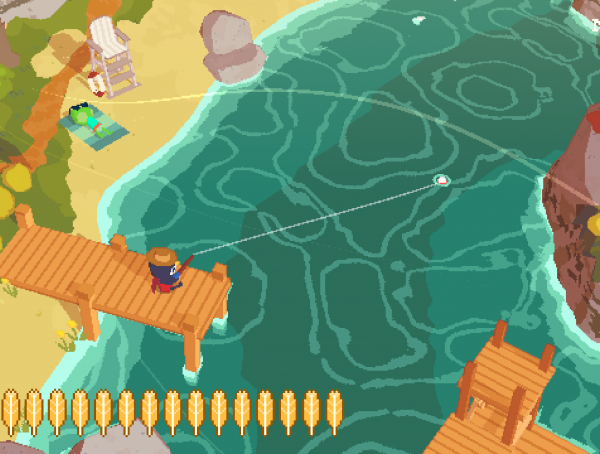Why #FlappyBird and other #casualgames have become so popular even though they are frustrating to play? #frustration #engagement
Melvin Roest and Sander Bakkes have made an explorative study about simultaneously engaging and frustrating casual games to understand why people play them and might actually enjoy the play experience. The article “Engaging Casual Games That Frustrate You: An Exploration on Understanding Engaging Frustrating Casual Games” contributes to the psychological foundations, neurobiology and game design principles in the slot machine games to prove that liking- and wanting pathways are the main reasons for the popularity of casual games.
Roest and Bakkes describe the different types of positive and negative frustration and they focus more in the positive perspective. A representational example of the positive frustration is a near-miss situation. It happens when the player almost reaches the goal but ultimately fails – still the player keeps trying. The rewards that casual game offers is related to dopamine release in the brain and even the frustrating near-miss causes pleasure because it is a form of illusion of control. The article describes how the wanting-and-liking theory explains the effect of how people could want something, but not like it. The near-misses are solely associated with parts of the wanting system. The article also highlights the seven design principles known from the development of slot machine games, for example visuals, sounds and rewards. Those principles can be found from the casual games too.
Profiling the players of Flappy Bird, it might be that the players are bored. Competence and autonomy are the greatest need they want to fulfill. The possible cognitive biases that need to be considered in play situation are overconfidence, illusion of control, a fundamental attribution error and the trick that the game is thought easier than it really is. The analysis is based on actual Flappy Bird gameplay sessions by the investigators and YouTube recordings of gameplay session by third parties. Positive reinforcement occurred when scoring a point, getting a high-score and when the player wants to improve the high-score. Negative reinforcements happened when the punishing sounds are anticipated but they do not occur. Negative punishment was when the bird dies, so the player can’t control it anymore. Positive punishment happened after the highest frustration (when punch sound occurred after death) and lowered when the softer sound was heard. The game is alternating in engagement and frustration but is also simultaneously engaging and frustrating. The most salient external reward is the high-score but the reward might be too little to justify the work done.
In the conclusion of the article the researchers point out that the wanting-liking pathway may lead players to interact with the game not only without liking but also without knowing why they are interacting with the game. That points out the similarity of being addicted to something.
Source: Melvin Roest and Sander Bakkes. 2015. Engaging Casual Games That Frustrate You: An Exploration on Understanding Engaging Frustrating Casual Games. Proceedings of the 10th International Conference on the Foundations of Digital Games (FDG 2015). http://www.fdg2015.org/papers/fdg2015_paper_60.pdf
You might also like
More from Game Research Highlights
How do you want to do this? – A look into the therapeutic uses of role-playing games
Can playing RPGs contribute positively to your wellbeing? A recent study aims to find out how RPGs are being used …
Eldritch horrors and tentacles – Defining what “Lovecraftian” is in games
H.P. Lovecrafts legacy lives today in the shared world of Cthulhu Mythos and its iconic monsters. Prema Arasu defines the …
Are Souls Games the Contemporary Myths?
Dom Ford’s Approaching FromSoftware’s Souls Games as Myth reveals the Souls series as a modern mythology where gods fall, desires …















